I have some XAML like this drawing a scatterplot of a time series (X-Axis: DateTime, Y-Axis: Integer Value):
<Grid Name="chartgrid">
<charting:Chart Name="scatterplot">
</charting:Chart>
</Grid>
I am able to add a graphic object such as a line to this grid as one of its children but have to do so using X and Y coordinates that are different from the ones used by the chart control. Of course this is expected because the chart sets up its own axis.
The only approach I could think of is to add some dummy points to the graph as a different series but am hoping there is a better way to do this. Any suggestions?
EDIT: Added a figure to clarify further.
